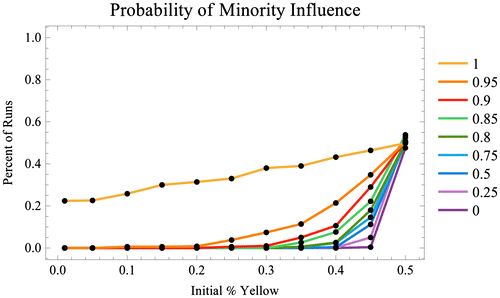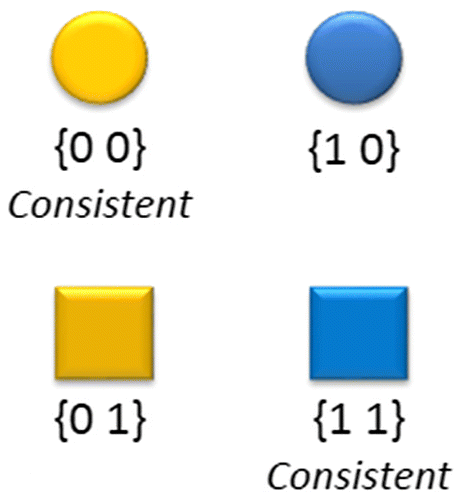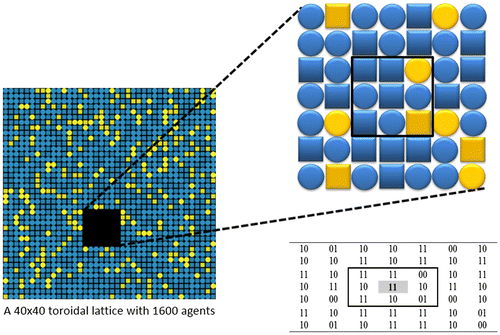Figures & data
Figure 3. A workflow diagram portraying out attitude updating algorithm including majority and minority influences and a cognitive rebalancing process.
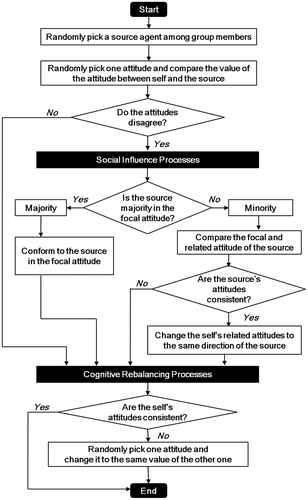
Table 1. The model parameters used in our simulation, the values used in the main exposition, and the ranges of the parameters we swept.
Figure 4. Results of base runs showing typical system patterns and characteristics at the individual and system level for the six combinations of majority and minority influence and cognitive rebalancing.
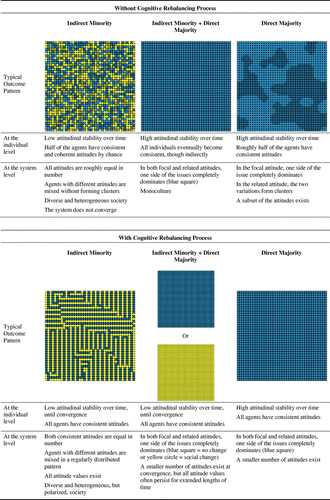
Figure 5. Screenshots show the growth in popularity of the nascent attitude until the system becomes stochastically mixed at roughly equal proportions.
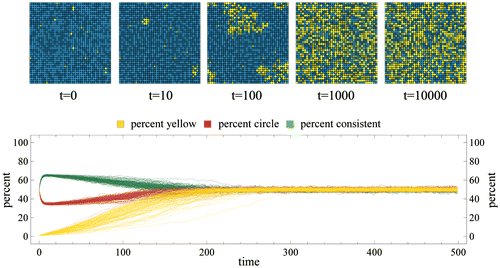
Figure 6. Screenshots from one run that achieved social change demonstrate the high volatility of the attitude change dynamics.
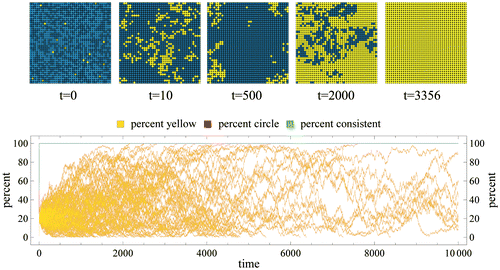
Figure 7. The points represent the proportion of runs that end with social change or with a population of at least half yellow agents at the 10,000 halting time aggregated over 500 runs.
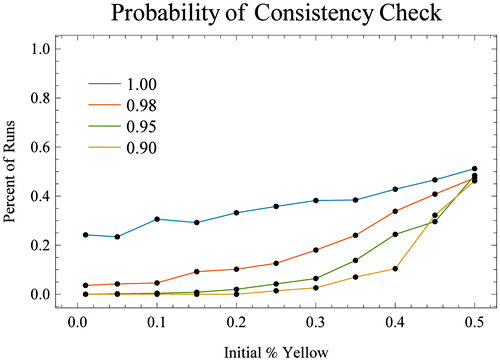
Figure 8. This plot shows the proportion of yellow agents reached social change at the end of (left: binary social change measure) and that existed on average (right: continuous social change measure) for 500 runs when all three rules are activated.
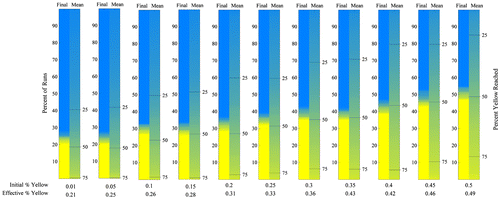
Figure 9. The results of 500 runs with all three rules activated showing no difference in outcomes between random initial conditions vs. a community of adjacent initial yellow agents.
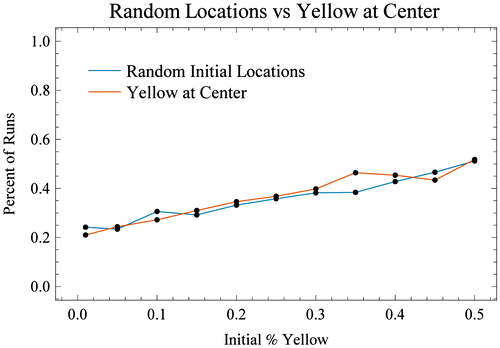
Figure 10. Using the same parameters, but altering the topology to lattices of varying numbers of neighbors, we can see that the results are robust against ingroups of differing sizes and orientations.
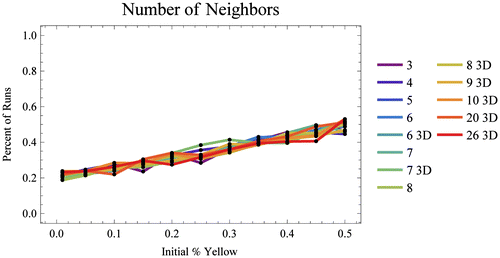
Figure 11. Biases in favor in retaining either previously held vs. newly acquired attitudes affect the indirect minority influence on social change.
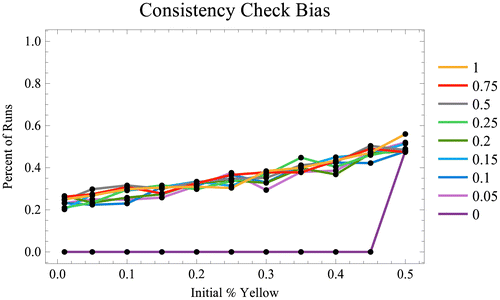
Figure 12. Decreasing the probability (and hence rate) of minority influence events reduces the incidence of social influence.
